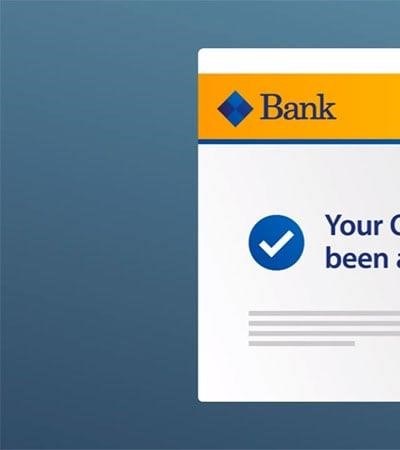
Are you seeking greater financial freedom but hesitant about traditional credit card applications? The prospect of credit cards without bank verification (Non-VBV) might seem appealing, promising quick access to credit and online purchasing power. However, it’s crucial to understand the landscape before diving in. This article will explore the various types of non-VBV credit cards, their benefits, drawbacks, and how to use them responsibly.
Understanding Non-VBV Credit Cards
The term «Non-VBV» refers to credit cards that don’t require extensive bank account verification during the application process. This doesn’t necessarily mean they’re completely anonymous, but the verification process is typically less rigorous than traditional credit cards. Several types fall under this umbrella:
Types of Non-VBV Credit Cards:
- Prepaid Credit Cards: These cards require you to load funds upfront. They are excellent for budgeting and responsible spending, preventing overspending. They are widely available and often require minimal verification.
- Virtual Credit Cards: These are digital-only cards, perfect for online payments and e-commerce transactions. They offer enhanced online security by masking your real card details. Some virtual cards might not require extensive verification upon creation.
- Secured Credit Cards: These cards require a security deposit, which acts as your credit limit. They’re ideal for building credit and improving your credit score, even with bad credit. Verification might be less strict than for unsecured cards.
- Instant Approval Credit Cards: These cards are designed for quick approval, often with less stringent verification. However, they typically come with higher interest rates and fees.
Important Note: While some cards might advertise as «no verification credit cards» or «anonymous credit cards,» true anonymity is rare and potentially risky. Most cards will still require some form of identification and address verification.
Benefits and Drawbacks
Benefits:
- Convenience: Quick access to credit for online payments, international payments, travel, and shopping.
- Building Credit: Secured credit cards and some credit building credit cards can help improve your credit score.
- Budget Control: Prepaid cards offer excellent control over spending.
- Enhanced Security: Virtual credit cards offer added protection against fraud.
Drawbacks:
- Higher Fees: Some non-VBV cards charge higher fees than traditional credit cards.
- Limited Credit Limits: Especially with prepaid and secured cards.
- Potential for Misuse: Using these cards irresponsibly can negatively impact your credit score.
- Lack of Rewards: Many non-VBV cards don’t offer the same rewards programs as traditional cards.
Responsible Use of Non-VBV Credit Cards
To maximize the benefits and minimize the risks, practice responsible financial behavior:
- Budget Carefully: Create a budget and stick to it. Avoid overspending.
- Pay on Time: Always pay your balance in full and on time to avoid interest charges and late payment fees.
- Monitor Your Account: Regularly check your account statements for any unauthorized transactions.
- Improve Your Financial Literacy: Learn about debt management and responsible credit use.
- Choose Reputable Providers: Only use credit cards from established and trustworthy companies.
Achieving Financial Independence
Non-VBV credit cards can be a valuable tool in your journey towards financial freedom and financial independence. However, they should be used responsibly and strategically. Combine them with sound financial practices like budgeting, saving, and investing to build a strong financial future. Remember that building a good credit history is crucial for accessing better financial products in the long run. If you’re struggling with debt management, consider seeking professional financial advice.

A well-structured and informative piece. The explanation of the various types of non-VBV credit cards is easy to follow, even for those unfamiliar with financial products. The inclusion of both benefits and drawbacks is balanced and objective. The article successfully educates readers on the potential risks and rewards associated with these cards, encouraging informed decision-making.
This article provides a clear and concise overview of non-VBV credit cards. The categorization of different card types is helpful for readers seeking to understand the nuances of each option. I particularly appreciate the emphasis on responsible use and the cautionary note regarding claims of complete anonymity. This is crucial information for consumers to consider before applying for any such card.